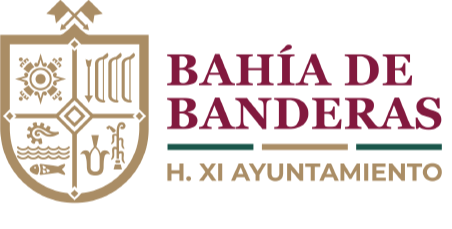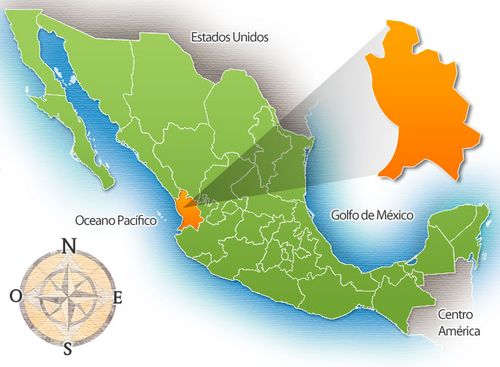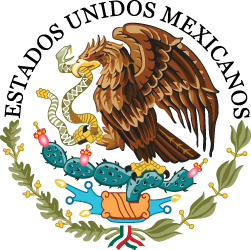TOP 7 Foods to Strengthen BLOOD FLOW to Arms, Legs, and Private
CCMray • June 28, 2024 • 0 views
Chapters
00:00 - Intro
0:41 - Punicalagins
1:56 - Good Source of Nitric Oxide
2:53 - Quercetin
4:09 - Allicin
5:13 - Capsaicin
6:21 - Curcuminoids
7:18 - DHA/EPA
Which Foods Help With Blood Flow and Circulation?
Foods high in nitrates, such as leafy greens, beets, and celery, play a crucial role in promoting vasodilation, the widening of blood vessels, which leads to increased blood flow. Nitric oxide, a compound derived from these foods, helps relax and dilate blood vessels, reducing resistance and allowing blood to flow more easily. Omega-3 fatty acids found in fatty fish like salmon, chia seeds, and flaxseeds are renowned for their anti-inflammatory properties, which can positively impact blood vessel function.
Pomegranates for Blood Flow
Pomegranates are rich in antioxidants, particularly polyphenols such as punicalagins and anthocyanins. These compounds have been shown to combat oxidative stress and reduce the effects caused by free radicals in the body.
Beetroot Juice for Blood Flow
Beets are rich in nitrates, which the body can convert into nitric oxide. Nitric oxide is a vasodilator, meaning it relaxes and widens blood vessels. By promoting the production of nitric oxide, beets help improve blood vessel function, reduce resistance, and enhance blood flow.
Onions for Blood Flow
Onions are rich in quercetin, a flavonoid with antioxidant properties. Quercetin has been associated with potential cardiovascular benefits, including improved blood vessel function. It helps promote the dilation of blood vessels, facilitating better blood flow.
Garlic for Blood Flow
Garlic contains allicin, a sulfur compound that is released when garlic is crushed or chopped. Allicin has been associated with various cardiovascular benefits, including its ability to promote vasodilation—the widening of blood vessels.
Cayenne Pepper for Blood Flow
Capsaicin, the active component in cayenne peppers, has been shown to promote vasodilation—the widening of blood vessels. This is achieved by stimulating the release of nitric oxide, a compound that helps relax and dilate blood vessels. Improved vasodilation enhances blood flow by reducing resistance in the blood vessels, allowing for more efficient circulation.
Curcumin for Blood Flow
The endothelium, the inner lining of blood vessels, plays a crucial role in regulating blood flow. Curcumin has been shown to enhance endothelial function by promoting the production of nitric oxide, a compound that relaxes and dilates blood vessels.
Fatty fish for Blood Flow
Omega-3 fatty acids play a role in promoting vasodilation—the relaxation and dilation of blood vessels. This helps reduce resistance in the vessels, allowing for improved blood flow.
00:00 - Intro
0:41 - Punicalagins
1:56 - Good Source of Nitric Oxide
2:53 - Quercetin
4:09 - Allicin
5:13 - Capsaicin
6:21 - Curcuminoids
7:18 - DHA/EPA
Which Foods Help With Blood Flow and Circulation?
Foods high in nitrates, such as leafy greens, beets, and celery, play a crucial role in promoting vasodilation, the widening of blood vessels, which leads to increased blood flow. Nitric oxide, a compound derived from these foods, helps relax and dilate blood vessels, reducing resistance and allowing blood to flow more easily. Omega-3 fatty acids found in fatty fish like salmon, chia seeds, and flaxseeds are renowned for their anti-inflammatory properties, which can positively impact blood vessel function.
Pomegranates for Blood Flow
Pomegranates are rich in antioxidants, particularly polyphenols such as punicalagins and anthocyanins. These compounds have been shown to combat oxidative stress and reduce the effects caused by free radicals in the body.
Beetroot Juice for Blood Flow
Beets are rich in nitrates, which the body can convert into nitric oxide. Nitric oxide is a vasodilator, meaning it relaxes and widens blood vessels. By promoting the production of nitric oxide, beets help improve blood vessel function, reduce resistance, and enhance blood flow.
Onions for Blood Flow
Onions are rich in quercetin, a flavonoid with antioxidant properties. Quercetin has been associated with potential cardiovascular benefits, including improved blood vessel function. It helps promote the dilation of blood vessels, facilitating better blood flow.
Garlic for Blood Flow
Garlic contains allicin, a sulfur compound that is released when garlic is crushed or chopped. Allicin has been associated with various cardiovascular benefits, including its ability to promote vasodilation—the widening of blood vessels.
Cayenne Pepper for Blood Flow
Capsaicin, the active component in cayenne peppers, has been shown to promote vasodilation—the widening of blood vessels. This is achieved by stimulating the release of nitric oxide, a compound that helps relax and dilate blood vessels. Improved vasodilation enhances blood flow by reducing resistance in the blood vessels, allowing for more efficient circulation.
Curcumin for Blood Flow
The endothelium, the inner lining of blood vessels, plays a crucial role in regulating blood flow. Curcumin has been shown to enhance endothelial function by promoting the production of nitric oxide, a compound that relaxes and dilates blood vessels.
Fatty fish for Blood Flow
Omega-3 fatty acids play a role in promoting vasodilation—the relaxation and dilation of blood vessels. This helps reduce resistance in the vessels, allowing for improved blood flow.

























